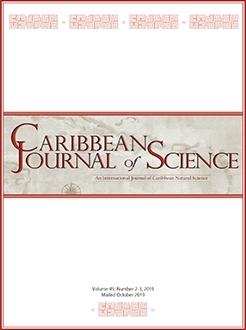Although rare, hypopigmentary disorders have been observed in many vertebrate species. These disorders include albinism, leucism, and piebaldism, and can be differentiated based on the pattern and degree of lack of pigmentation. For many species, these disorders persist in nature, suggesting that affected animals can survive and potentially reproduce. Here we report a case of albinism in a Jamaican fruit bat (Artibeus jamaicensis) captured from a cave dwelling in Cuba. In addition to describing this albino individual's morphological characteristics, we recorded acoustical parameters of echolocation calls during foraging in a flight chamber. We found that the albino individual emits high-frequency multi-harmonic calls with short durations, which are characteristic of this species and other phyllostomid bats. We discuss potential acoustical adaptations in albino bats that could facilitate their survival and suggest future approaches to studying these unique animals.
How to translate text using browser tools
3 February 2020
Acoustical and morphological comparisons between albino and normally-pigmented Jamaican fruit bats (Artibeus jamaicensis)
Christian R. Moreno,
Tyler Pollock,
Lida Sánchez,
Emanuel C. Mora
ACCESS THE FULL ARTICLE

Caribbean Journal of Science
Vol. 50 • No. 1
August 2020
Vol. 50 • No. 1
August 2020




